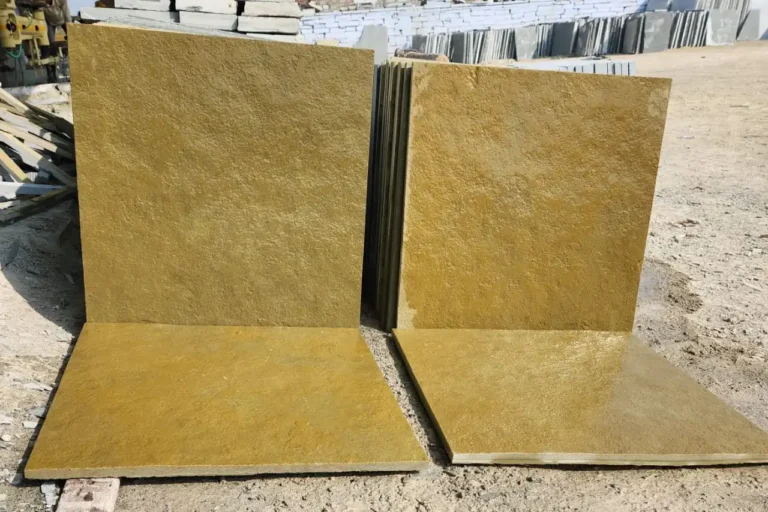Exploring the Four Types of Vitrified Tiles: A Comprehensive Guide
Introduction:
Vitrified tiles have become increasingly popular in the world of interior design and construction due to their durability, low maintenance, and aesthetic appeal. These tiles are made by a process of vitrification, where the raw materials are fused into a glass-like substance through high-temperature firing. As a result, vitrified tiles exhibit remarkable strength and resistance to stains, making them an ideal choice for various spaces. In this article, we will delve into the four main types of vitrified tiles, each with its unique characteristics and applications.
Full Body Vitrified Tiles:
Full body vitrified tiles, also known as homogeneous vitrified tiles, are characterized by a consistent composition throughout the entire thickness of the tile. This means that the color and pattern run from the surface to the base, offering greater resistance to wear and tear. These tiles are especially suitable for high-traffic areas such as commercial spaces and public buildings. Full body vitrified tiles are known for their strength, durability, and ability to maintain their appearance over time, making them an excellent choice for spaces that require a robust and long-lasting flooring solution.
Double Charged Vitrified Tiles:
Double charged vitrified tiles are created by a unique manufacturing process where a double layer of pigments is applied to the surface of the tile. This results in a thicker and more durable layer of glaze, enhancing the tile’s resistance to scratches and stains. Double charged vitrified tiles are available in a wide range of designs and patterns, making them a versatile choice for both residential and commercial applications. These tiles are often preferred for areas where a balance of aesthetics and durability is essential, such as living rooms and offices.
Glazed Vitrified Tiles:
Glazed vitrified tiles are coated with a layer of glaze on the surface, providing an extra layer of protection and adding aesthetic appeal. This glaze can be customized to achieve a variety of finishes, including glossy, matte, and rustic. Glazed vitrified tiles are popular for their vibrant colors, intricate patterns, and the ability to replicate the look of natural materials like marble and wood. They are commonly used in residential spaces, including kitchens and bathrooms, where a combination of style and functionality is desired.
Soluble Salt Vitrified Tiles:
Soluble salt vitrified tiles are created by printing a layer of water-soluble salt on the surface of the tile before firing. This process allows for the absorption of the pigments into the body of the tile, resulting in a high-resolution, vibrant design. Soluble salt vitrified tiles are cost-effective and are often used in spaces that require a visually appealing flooring solution within a budget. However, they may not be as durable as full body or double charged vitrified tiles, making them more suitable for residential spaces with moderate foot traffic.
Conclusion:
Vitrified tiles offer a diverse range of options for flooring and wall applications, catering to various preferences and functional requirements. Whether you prioritize durability, aesthetics, or a balance of both, understanding the characteristics of full body, double charged, glazed, and soluble salt vitrified tiles can help you make an informed decision for your space. When choosing the right type of vitrified tile, consider factors such as the intended use, foot traffic, and overall design aesthetic to ensure a long-lasting and visually appealing result.
